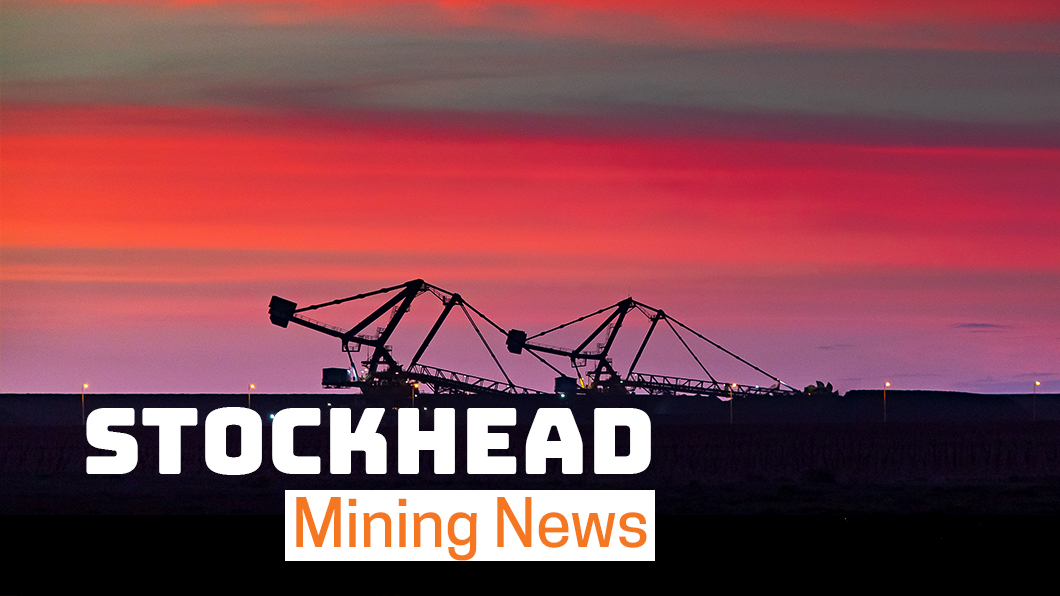All the way with WA as State backs plan to become ‘Lithium Valley’

Pic: Bloomberg Creative / Bloomberg Creative Photos via Getty Images
All the evidence points to Western Australia being the right place for a battery metals hub.
Last week, the WA government released a comprehensive report backing the establishment of a “Lithium Valley”, with locations like Kwinana (south of Perth) favoured.
WA is one of the world’s largest lithium producers. The State has five operating lithium mines, two under construction and one undergoing planning approvals.
The Greenbushes mine in the State’s southwest is the world’s largest and highest-grade source of lithium-bearing spodumene ore, contributing 40 per cent of the world’s current lithium supplies.
WA has also attracted investment from several majors looking to process lithium-bearing minerals into lithium hydroxide and lithium carbonate.
Chinese-backed Tianqi Lithium is spending more than $700 million on building a two-stage lithium processing plant in Kwinana.
US-based chemical company Albermarle and Chile’s SQM are also close to making investment decisions about downstream processing in WA.
$2 billion lithium investment
“The planned investment by these companies in WA is over $2 billion with an operational workforce of nearly 900, and it’s led to interest by other firms in battery related minerals processing,” West Australian governor Kim Beazley told delegates at a Lithium and Energy Materials Industry Consortium in Perth on Thursday.
“WA is prospective for many of the key raw materials contained within lithium-ion batteries – lithium, nickel, cobalt, aluminium.
“The potential is to develop further downstream processing for further steps in the lithium-ion battery value chain. I believe we are likely to see WA form a key part of this equation.”
The state’s competitiveness in the battery supply chain is the highest in the early raw materials. This is followed by the processes materials phase, which WA is developing.
Processing will add substantial value to the state’s lithium industry with increases in the value of the products shipped overseas, job creation and increased expertise, according to the government.
- Subscribe to our daily newsletter
- Bookmark this link for small cap news
- Join our small cap Facebook group
- Follow us on Facebook or Twitter
Flexing the R&D muscle
As part of the move to establish a “Lithium Valley” in WA, the government and battery metals explorers are pushing to ensure the state becomes the home of a new energy industry Cooperative Research Centre (CRC).
Mines Minister Bill Johnston told journalists on Thursday that he is confident the state will make the short list.
“I understand that the Commonwealth will make a final decision in March of next year,” he said.
“We’d be confident to be on the short list, but we do think that the only logical place for the battery industry CRC is here in Perth.”
Warren Pearce, the CEO of the Association of Mining and Exploration Companies (AMEC), told Stockhead that he is “optimistic” that the CRC will be located in Western Australia.
“The State government we know have put their dollars on the table – $6 million to contribute,” he said.
“Industry has been able to say, ‘ok we want to get behind this too’ and now there’s $27 million of additional money from industry to support that bid.
“That should give it a really good chance of getting up and I think the truth is Perth is the logical destination for that CRC.
“We’ve got the projects happening here, we’ve got the companies investing here, why wouldn’t you put the research and development here, where they’ve got ready access to those companies.”
AMEC represents over 20 ASX-listed companies that are either mining or exploring in the lithium and battery minerals space, including Battery Minerals (ASX:BAT), Lithium Australia (ASX:LIT) and Metalicity (ASX:MCT).
Battery recycling on the agenda
The WA government recently established a new taskforce that aims to help the state capture a greater share of the market.
As a whole, Australia currently captures only half a per cent of the lithium value chain — and needs to move downstream into processing if the country is to benefit from the electric car revolution.
Minister Johnston, who is heading the lithium taskforce, said that battery recycling would also be on the taskforce’s agenda after the CSIRO came out this week and said that it will be a $3 billion industry by the mid-2030s and Australia could be a leader in the sector.
“For the lithium taskforce, which will report in a few months’ time, recycling is one of the work streams,” he said.
“So we are examining what policy responses we need in that space because we’ve certainly identified the need to have a plan for recycling.”
UNLOCK INSIGHTS
Discover the untold stories of emerging ASX stocks.
Daily news and expert analysis, it's free to subscribe.
By proceeding, you confirm you understand that we handle personal information in accordance with our Privacy Policy.








